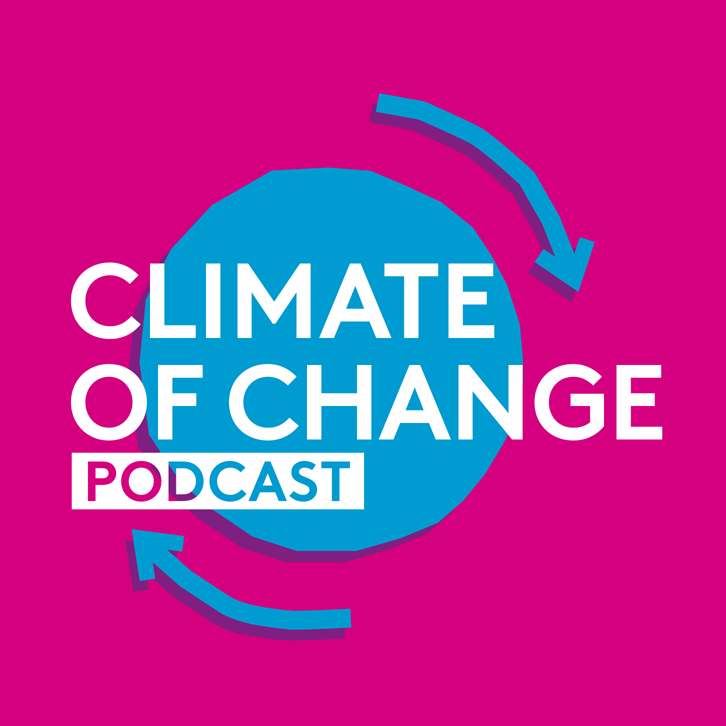On episode 1 of the Climate of Change podcast, we chat with Ed Flanders, Climate Impact Lead and ESG Analyst at Ventient.
Ed shares how Environmental, Social, and Governance (ESG) strategy influences the direction and policies of a sector-leading clean energy generator, and discusses the challenge and benefits of decarbonizing supply chains. Plus he reveals how he got into the role, and takes us inside his typical day.
Reducing scope 3 emissions – How to decarbonise your supply chain
Scope 3 emissions is a bit of a buzz phrase at the moment, not just in the renewable energy sector but across all industries. It’s a big focus for governments and private companies in the effort to reaching net zero. In the first episode of the Climate of Change podcast, Ventient’s Climate Impact Lead, Ed Flanders discussed how businesses can work with their suppliers to take more control of their scope 3 emissions.
What are scope 1, 2, and 3 emissions?
The Greenhouse Gas (GHG) Protocol provides governments and businesses with three scopes to classify commercial emissions, as Ed explains: “Scope 1 are ‘direct’ emissions that companies produce as a consequence of their operations. Scope 2 emissions are ‘indirect’ emissions generated from purchased electricity. And scope 3 emissions are everything else, from how staff get to the office and international business travel, to a business’s entire supply chain.”
While scope 1 and 2 are within a company’s control, in that the company can choose alternative production methods and purchase electricity from renewable energy sources, the full extent of scope 3 emissions are not. And this is where decarbonising operations gets really tricky. “With scope 3 emissions, everyone in a company’s supply chain is involved”, Ed says, “this could be thousands of suppliers beneath you, and thousands more above”.
You’re in it together
To reduce scope 3 emissions, you’re reliant on your supply chain decarbonising as well, so make the most of this relationship and work together. “A big part of my job and a big part of our team’s job is to engage with supply chain, talk to our partners and encourage and influence positive change in that sense, as well as looking for new technologies and ways to decarbonise”, Ed says.
Know that you’re not alone in this problem, supply chain decarbonisation is something that every business is facing, by opening a dialogue and working together you’ll find suppliers up and down the chain are trying to achieve the same goals. The more you collaborate with, the more robust your plan, and the bigger the ripple through the chain, creating the greatest contribution towards net zero.
“…it’s finding that sweet spot where we engage with our suppliers, and we show them empathy.”
Focus on what’s doable first
At the start, be pragmatic about what’s possible. Rather than set huge goals, focus on what’s doable in certain timeframes, then build on it. “There’s a fine balance between ambition and what’s realistic”, Ed comments, “it’s finding that sweet spot where we engage with our suppliers, we understand where they’re coming from, and we show them empathy”.
Remember, while scope 3 is on everyone’s to do list, consider that other companies in your chain might not be at the same level of maturity as you, which can cause challenges when it comes to gathering information for reporting and driving change.
Create a roadmap
To help encourage supply chain partners to join you on the decarbonisation journey and take those first steps together, a clear roadmap is a must. Without a route ahead, they may be reluctant to set their own reduction targets because they can’t see a way to get there. Important here is that a roadmap doesn’t have to have all the answers, or even steps for every stage of the timeline (innovation may need to play a role). Establish a starting point, tackle the easy-wins first, and set a target once progress and motivation are in-place.
‘In 2021, suppliers disclosing through CDP reduced emissions by 1.8 billion TCO2E, while creating savings of over $29 billion.’
World Economic Forum
Be data driven, but not data dependent
Greenhouse gas accounting is difficult, and to identify every gram of CO2 in your supply chain will take time. Add to this the reality that asking suppliers for reports doesn’t always get the best reaction due to existing workloads and stretched resources, lack of data can cause a roadblock. Be pragmatic. Even sector-leading brands find it challenging to gather the insights they need and set clear targets.
Aim to get as much data as possible, but don’t require it in order to start taking action. Data or no data, there are clear areas in most businesses – especially when you engage employees to highlight them – where emissions can be reduced on an impactful level, such as business travel, energy consumption, waste disposal, and employee commuting habits.
Choose carrot or stick. Or a bit of both.
Recognition, reward, and requirement are three useful tools a business can use to encourage ‘self-improvement’ within their supplier’s emission reduction efforts. If you know a supplier is working particularly hard to cut emissions in an area of their operations, shine a spotlight on it through social media to support their brand. Beyond that, you could reward them with special payment terms.
The alternative is to make it a requirement for your suppliers to meet certain standards on emissions reduction. Unless they adhere to them or take concrete steps towards achieving them, you simply won’t do business with them. Setting standards like this is a bold approach, but if you can stimulate suppliers to adopt your principles, then you’re in effect creating a best-in-class blueprint that they can use themselves with their suppliers.
The outcome: you kick-off a sea change in emissions reduction across your supply chain, and sustainability becomes a core condition for successful business operation.
“Having an understanding of your supply chain, the industry, and the challenges your suppliers face really helps…”
Decarbonising a supply chain is without doubt one of the biggest challenges to reducing the environmental impact of a business. For Ed, understanding should underpin any action taken. “Having an understanding of your supply chain, the industry, and the challenges your suppliers face really helps, because you can make initiatives relevant to their world, giving actions a greater chance of success”.
Tune in every Wednesday
Thanks to Ed for sharing his insight on how to tackle the challenges and decarbonise a supply chain. Listen to the full 30-minute episode to hear his tips on how to start a career in renewable energy, and to discover a typical day for a Climate Impact Lead at Ventient. Plus, check out new episodes of the Climate of Change podcast every Wednesday on Spotify!

